Low aluminum porcelain ball introduction
Low aluminum porcelain ball, also known as low aluminum inert ceramic ball, is a kind of ceramic products widely used in petrochemical, environmental protection and natural gas industries . It is mainly used in the reactor as a catalyst support and cover material, can buffer the impact of liquid and gas into the reactor on the catalyst, protect the catalyst, and improve the distribution of liquid and gas in the reactor.
Chemical composition
Low aluminum inert ceramic ball is mainly composed of alumina (Al₂O₃), but the alumina content is relatively low, generally about 17%-30%, but also contains other components such as silica (SiO₂), feldspar and so on.
Chemical compostion for 17% alumina ceramic ball:
| Al2O3+SiO2 | Al2O3 | Fe2O3 | MgO | K2O+Na2O +CaO | Other |
| > 93% | 17-30% | <1% | <0.5% | <4% | <1% |
Leach able Fe2O3 is less than 0.1%
Application field
As inert filler: widely used in chemical packing tower. It can be used as a support material, placed at the bottom of the packing tower, to support the active filler or catalyst. At the same time, it can also be used as a loose pile filler to increase the gas-liquid contact area and improve the mass transfer efficiency. For example, in the distillation tower, absorption tower and other equipment in the petrochemical industry, low aluminum inert ceramic balls can help to achieve the separation and purification of raw materials.
As a catalyst carrier: Due to its chemical inertness and certain surface area, it can be used as a catalyst carrier. Loading the catalyst on the low aluminum inert ceramic ball can make the catalyst disperse better and improve the catalytic efficiency. For example, in some organic synthesis reactions, such as transesterification reactions, low aluminum inert ceramic balls as a carrier can make the catalyst evenly distributed, so that the reaction is more efficient.
Packing in the packing tower: used in the chemical packing tower, it can increase the gas-liquid contact area and improve the mass transfer efficiency. Its chemical inertia makes it stable in a variety of chemical environments and does not chemically react with substances in the tower. For example, it is used in the rectification tower and absorption tower of petrochemical industry, as well as the packing tower of fertilizer production and fine chemical industry.
Factors affecting the service life of low aluminum inert ceramic balls
Use temperature: If used in a high temperature environment for a long time, although the low aluminum inert ceramic ball has a certain high temperature resistance, high temperature may cause its internal structure to change slowly, affecting the service life.
Chemical corrosion: Although the low aluminum inert ceramic ball is resistant to acid, alkali and most organic solvents, it may also cause damage if it is exposed to some highly corrosive substances or high concentrations of chemicals for a long time.
Mechanical wear: such as the stirring device in the reactor, the fluid impact in the packed tower, etc., the low aluminum inert ceramic ball may be subjected to mechanical wear.
Pressure changes: If large pressure changes occur frequently during use, such as in some reaction equipment with large pressure fluctuations, low aluminum inert ceramic balls may cause fatigue damage due to uneven pressure, affecting their service life.


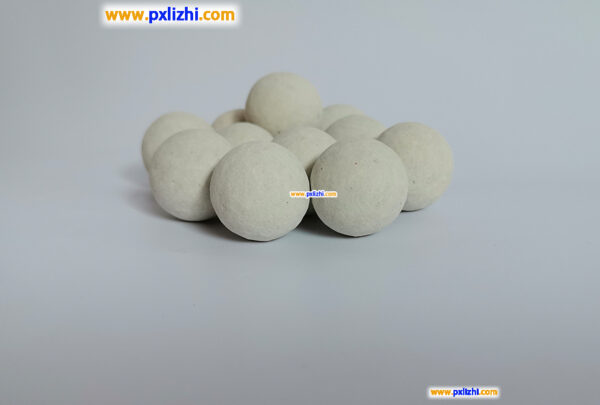
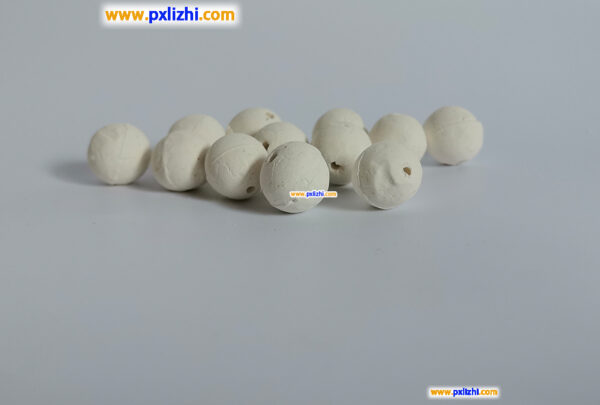
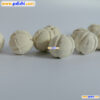
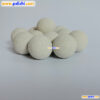
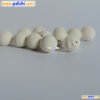



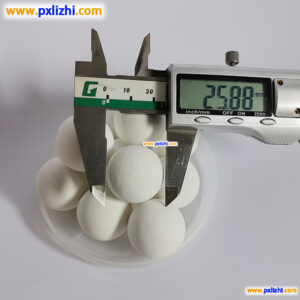

Reviews
There are no reviews yet.